Printer Buying Guide in India 2020- How To Choose A Best Printer?

Introduction
Do you all the time go out to print your necessary paperwork?
Here is the best solution which you can choose that is printers. If you have a good printer at your home, you have to perform and do any print outs at home itself.
Here is a complete guide which will give you information on almost all the essential aspects of a printer. First of all, all of us know what a printer is?
A printer is an external device or hardware that takes all the electronic data stored in your computer or any other device and generates a hard copy of it.
They are the most popular computer peripherals and commonly used to print text and photos.
Types of Printers
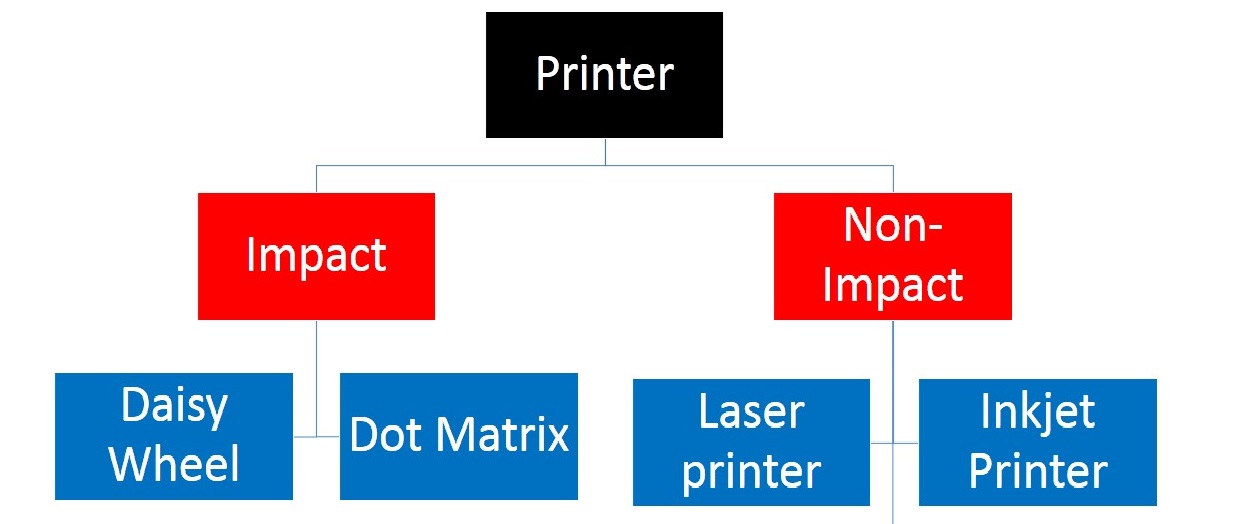
Look at the guide below to learn about the advantages and disadvantages of the different types of printers. Here we have mentioned the details about laser printers, inkjet and everything in between for you.
To buy the best printer, make sure to look at its features, requirements and your budget before you purchase one.
Non-impact printers
The non-impact printer is a one that prints without banging a ribbon onto the paper. Some of the examples of non-impact printers are Laser, LED, inkjet, solid ink, thermal wax transfer and dye-sublimation printers.
These are the types of printers that you can use in offices and workplace. There are several categories of office printers that you can find in the market. There are two types of non impact printers, namely, Inkjet and Laser printers.
1. Ink-jet printers
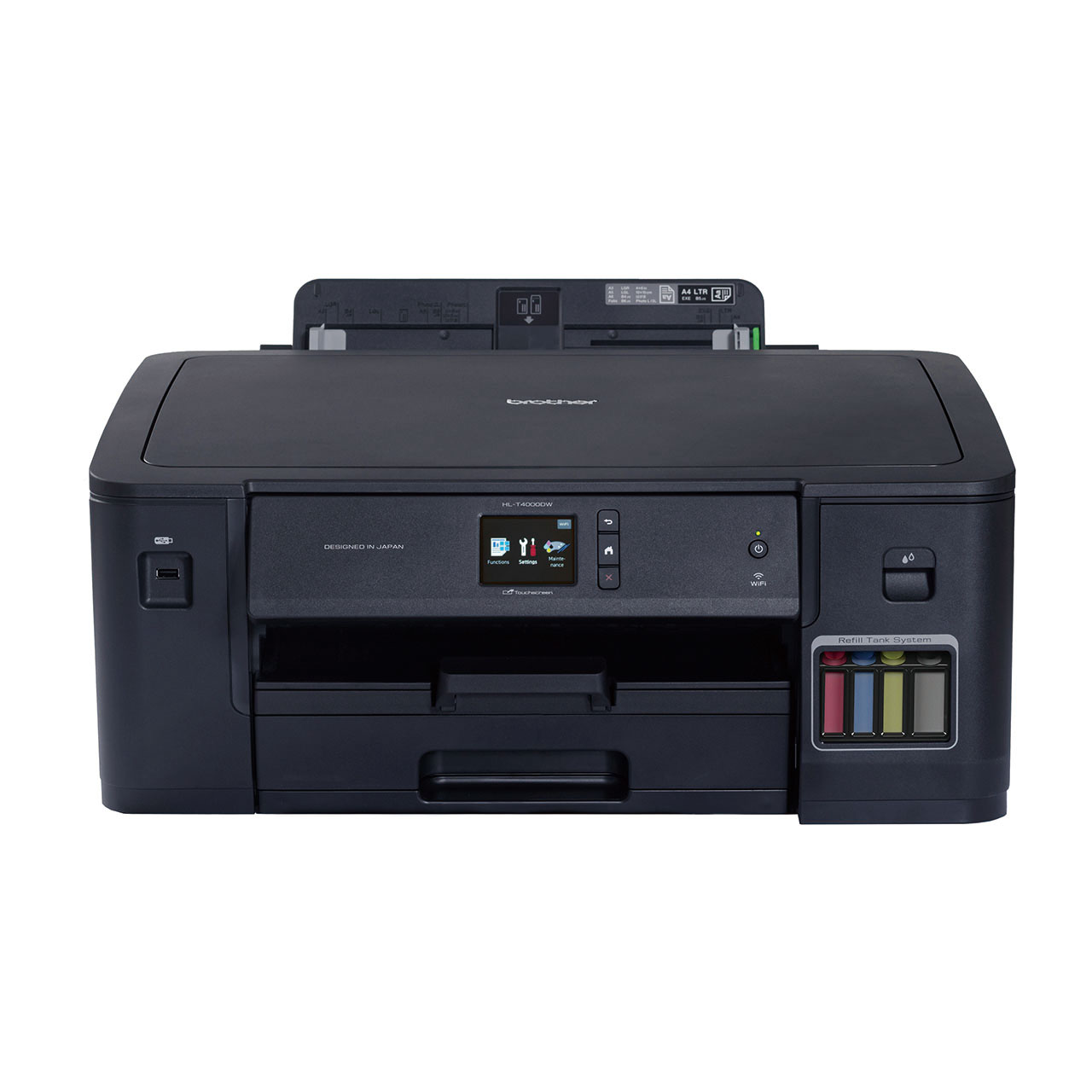
Inkjet printers work by spraying streams of ink onto the page and are the most commonly-used printer today. They are well programmed and highly effective, both in speed and accuracy. They are very popular nowadays and easy to maintain.
Best inkjet printer in India
Here are the best inkjet printers available in-store or online.
-
Epson L130 Single Function Inkjet Printer
-
Canon IP7270 Single Function Inkjet Printer
-
HP DeskJet 2131 All-in-One Printer
-
Canon PIXMA MG2470 All-in-One Inkjet Printer
-
Epson M100 Single Function Inkjet Printer
-
Epson L220 Multi-function Inkjet Printer
How do inkjet printers work?
Inkjet printers sprinkle a series of small ink dots on paper, creating text and graphics on a white page. Because these ink dots are so minute, different colours can be applied in proximity to each other, creating an array of shades.
Best Features of inkjet printers
Inkjet printers are cheaper than laser printers; they are a go-to option for all who have a less budget. Colour inkjet printers are fantastic for jobs who need a range of colours along with sophisticated graphics. If you are planning to print photos or charts, inkjets will be best as they can offer high quality.
-
Great for photos and image-heavy documents.
-
Inkjet printers have a low start-up cost.
-
Inkjets can print onto glossy photo paper, textured stationery and even some fabrics.
-
They do not require warm-up time before printing.
-
They can be refilled and reused, cutting down on waste and saving money.
-
They are smaller, lighter and easier to maintain.
-
Inkjet ink is water-based, so prints are vulnerable to water damage and fading.
-
Ink cartridges need frequent cleaning.
-
They are still very slow compared to laser printing.
-
Some inkjet printers can produce grey, fuzzy text if you are printing on plain paper
-
These printers for home use have low-capacity paper trays of around 50-100 sheets.
Top 5 Ink-jet Printers in India
Product name | Features | Price | Ratings |
| ₹9,099 | 4.3 | |
| HP DeskJet Ink Advantage 3835 All-in-One Multi-function Wireless Color Printer |
| ₹7,499 | 4.3 |
| ₹10,299 | 4.3 | |
| ₹11,499 | 4.3 | |
| ₹12,999 | 4.2 |
2. Laser Printers
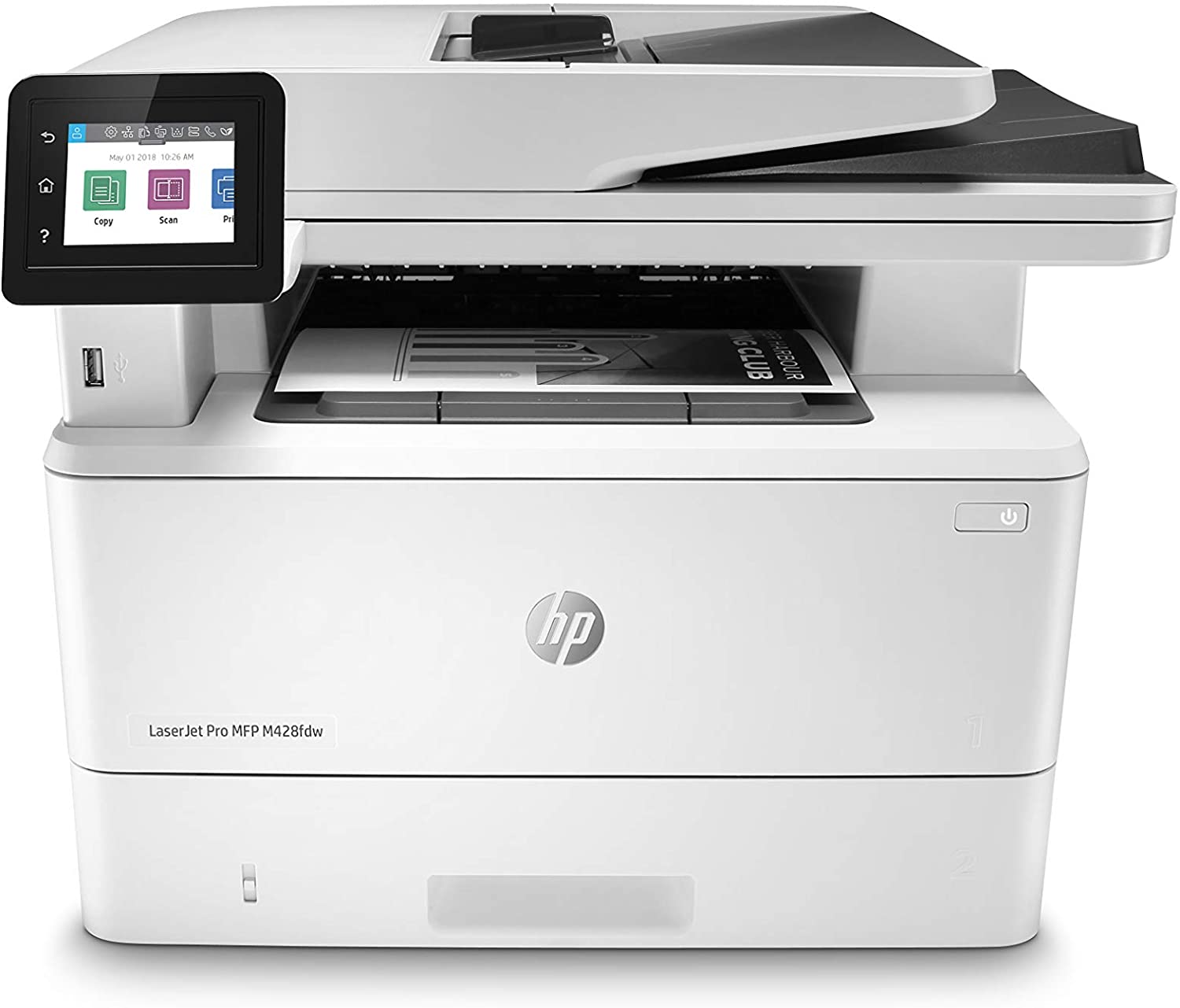
Xerox developed the laser printer in the 1960s. Laser printers are still widely used in large offices as they are traditionally more efficient than inkjet printers. You can find them easily online and they can be resonable for you. They work very well as they have high printing speed.
Best laser printer in India
Here are the best laser printers you can purchase from the market.
-
HP 1020 Plus Single Function Printer
-
Brother HL-1211W Single Function Printer
-
HP M1136 Multifunction Printer
-
Brother DCP-1616NW Multi-function Printer
-
Ricoh SP 111 Monochrome Jam-free Laser Printer
-
Canon LBP 2900B Single Function Printer
How do laser printers work?
Laser printers make use of static electricity to apply a fine powder called toner to the page. The process occurs fast, which is why laser printers print far more quickly. They are available in either colour or monochrome laser printers, either allow you to print a wide range of documents swiftly.
Best Features of Laser Printers
Laser printers’ speed is perfect for small businesses where printing gets done in high volumes. If your company is continuously generating documents, laser printing will help enable you to be far more productive in the long run.
-
More cost-effective than inkjet printers
-
Increases productivity
-
High print speed
-
Higher paper capacity
-
Often expandable with Paper Trays, finishers etc.
-
Grows with your business
-
May require short ‘warm-up times’
-
Larger footprint
-
High voltage usage leads to small carbon emissions
Top 5 Laser Printers in India
Product Name | Features | Price | Ratings |
| ₹17,699 | 4.4 | |
| HP LaserJet Pro MFP M126nw Multi-function Wireless Monochrome Printer |
| ₹15,799 | 4.4 |
| ₹12,499 | 4.4 | |
| ₹13,399 | 4.3 | |
|
| ₹10,999 | 4.1 |
Comparison between Laser and Inkjet printers
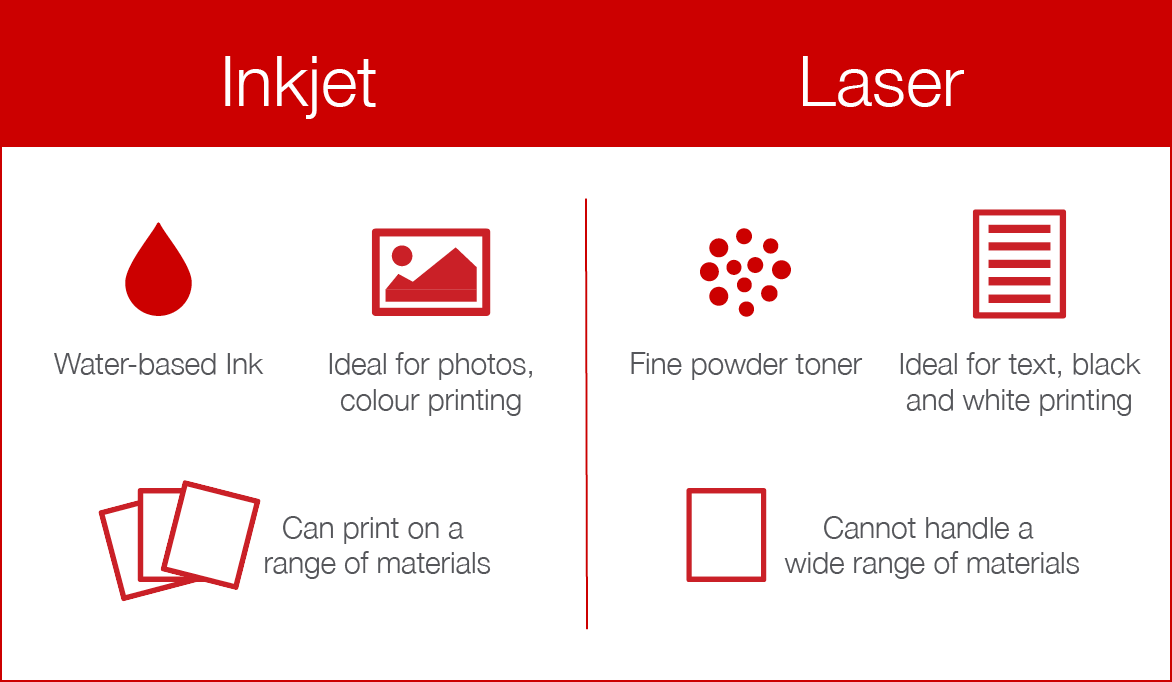
If you are still confused about which one is best for you- Laser or Inkjet? Here is a simpler view which will make everything crystal clear for you. Both the printers are available online, so before you plan to buy one, do check the difference and properties of both the printers.
Feature | Inkjet printer | Laser printer |
| Price | Economical to buy | Expensive to buy |
| Cost per paper print | Expensive in terms of cost per print | Economical in terms of cost per print |
| Printing speed | Slow | Fast |
| Best suitable for |
|
|
| Quality | Excellent photo quality, average document quality | Excellent document quality, worse photo quality |
Impact printers - History of 2D Printers
Printers too evolved and were too large and big in size many years back. You can see a drastic change in the development of printers below. Some of the printers listed below were in use way back and still considered important in today's era. So, do have a look of them.
Daisy-wheel printers
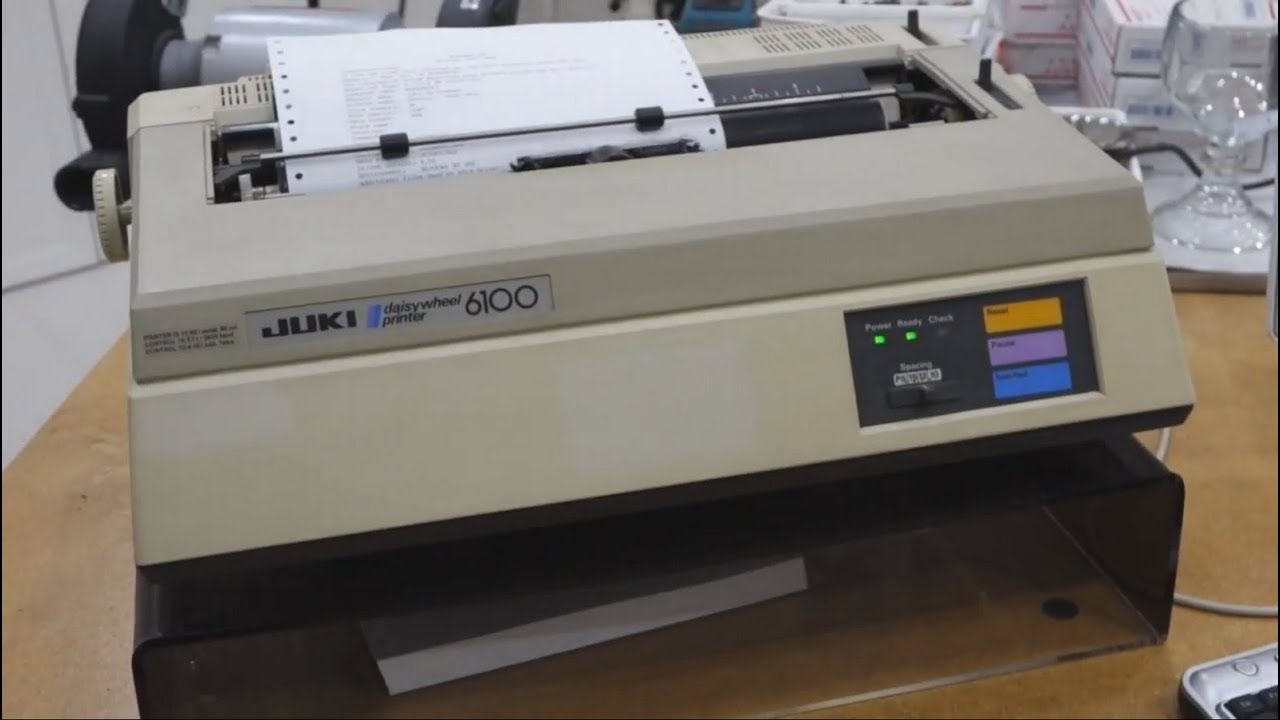
Daisy wheel printers operate similarly as a typewriter. The letter form strikes a ribbon of ink, depositing the ink on the page and thus printing a character. The fastest letter-quality printers print at 30 characters per second. These type of printers were common but not so in demand as their speed is not so fast.
Line printers
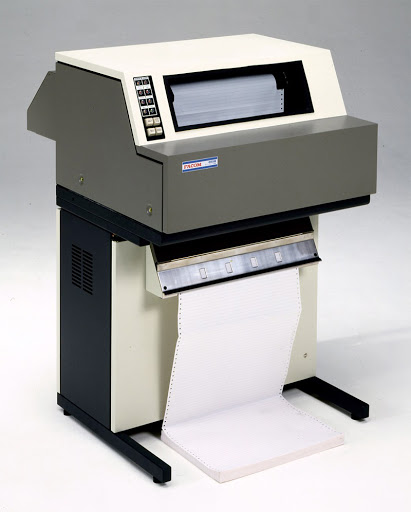
A line printer makes use of a continuous feed of paper and prints line by line. They are still used in some businesses as they have low cost and the ability to print on multi-part forms. These printers are less in use because of their large size as they occupy a greater space. They are replaced by new modern technology printers that are portable.
Drum printer
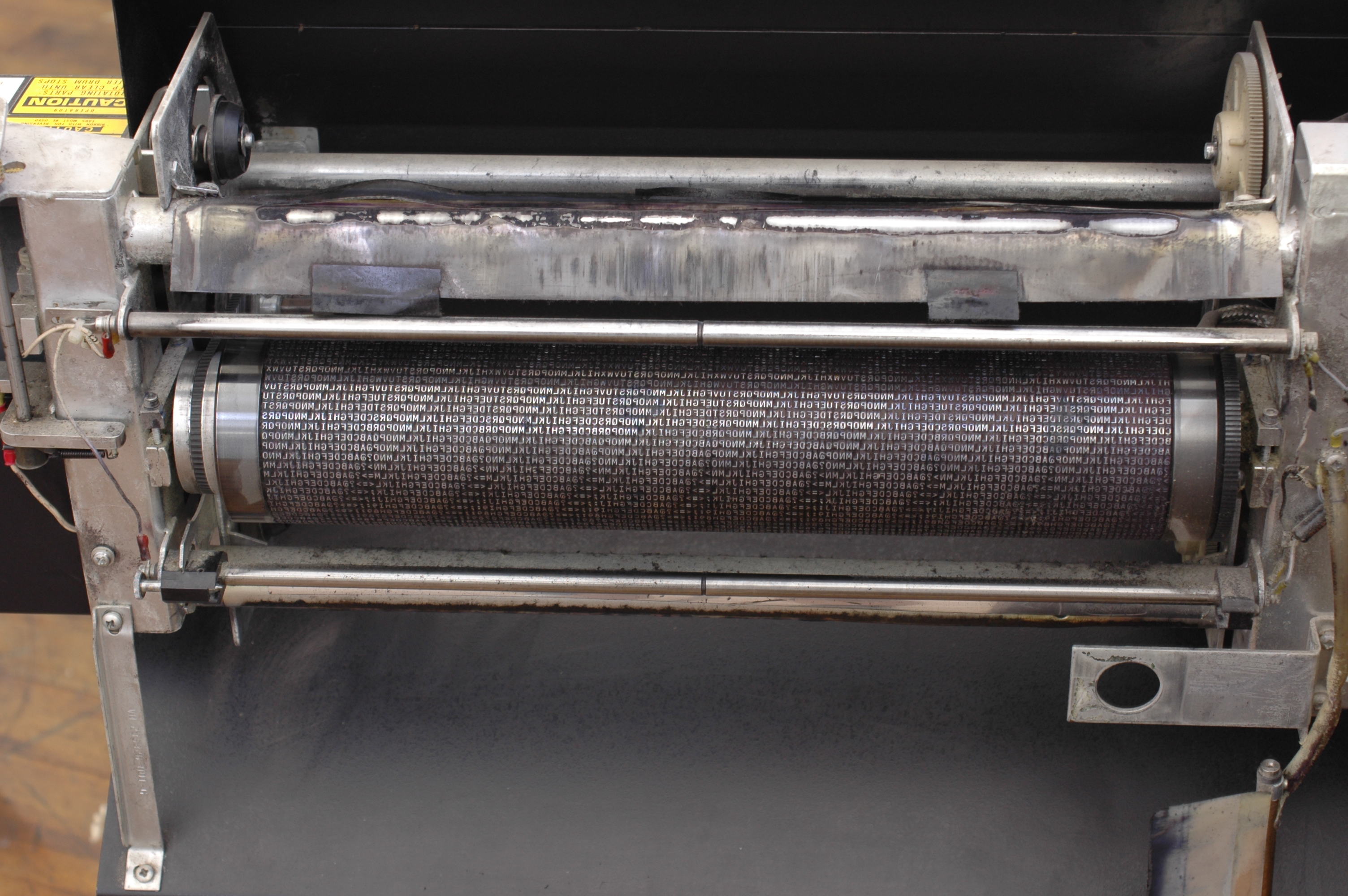
An old-line printer technology uses character images around a cylindrical drum. When the desired character rotates around to the hammer line, the hammer pushes it into the ribbon and onto the character. They were difficult to maintain and use, and therefore less common nowadays.
Chain printers

In these printers, the chain spins horizontally around a set of hammers. When the character is in front of the selected print column, the corresponding hammer hits the paper into the ribbon. You can find these in large and older shops as these printers occupy greater area. They were generally used many years back and are slow to use.
Band printers

It contains a metal band with character shapes imprinted on it. During output, the band rotates horizontally past the paper, and a hammer strikes the band opposite the appropriate character, pressing it through an inked ribbon and onto the paper. These were the most advanced 2D printers that are available in the market.
Other Types of Printers
Printer | Features |
|
|
|
|
|
|
|
|
|
|
|
|
1) Dot matrix printers

There is a lot of use of Dot Matrix printers in small businesses and homes for personal tasks, and these are one of those older pieces of technology.
This printer works in the same way old typewriters work. They are slower than others and tend to be a lot louder.
-
Low initial unit costs
-
Low running costs
-
Low maintenance costs
-
They can perform in hot and dirty conditions
-
Low resolution printed output
-
Noisy
2. Solid Ink Printers

Solid ink printers utilise a form of ink technology, saving space and money on packaging.
The printers melt solid ink sticks during the printing process – a method which can help produce more vibrant tones.
-
Environmentally-friendly
-
Produces vibrant tones
-
Made from non-toxic vegetable oils
-
Compact design
-
Consumables require less storage
-
Requires warm-up and cool-down time
-
Prints cannot be laminated
3. LED Printers
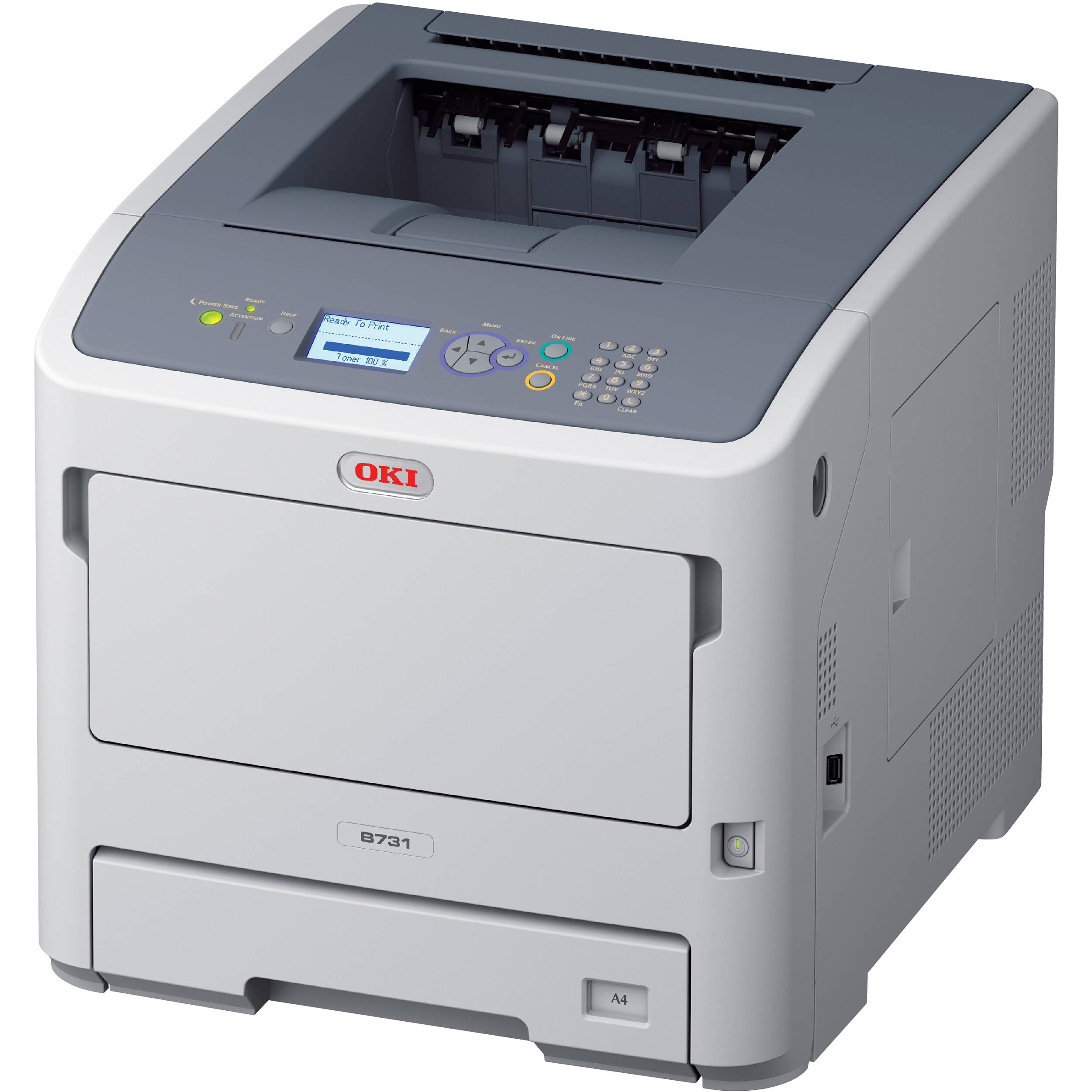
LED printers use a light-emitting diode rather than a laser to create images on the print drum or belt.
Due to their fewer moving parts – LED printers are often more efficient and reliable. OKI produces the most popular LED printers.
-
Reliable and efficient
-
Cheaper to manufacture than laser printers
-
Often include free warranty extensions
-
High initial cost
-
High energy consumption
4. Multifunction Printers
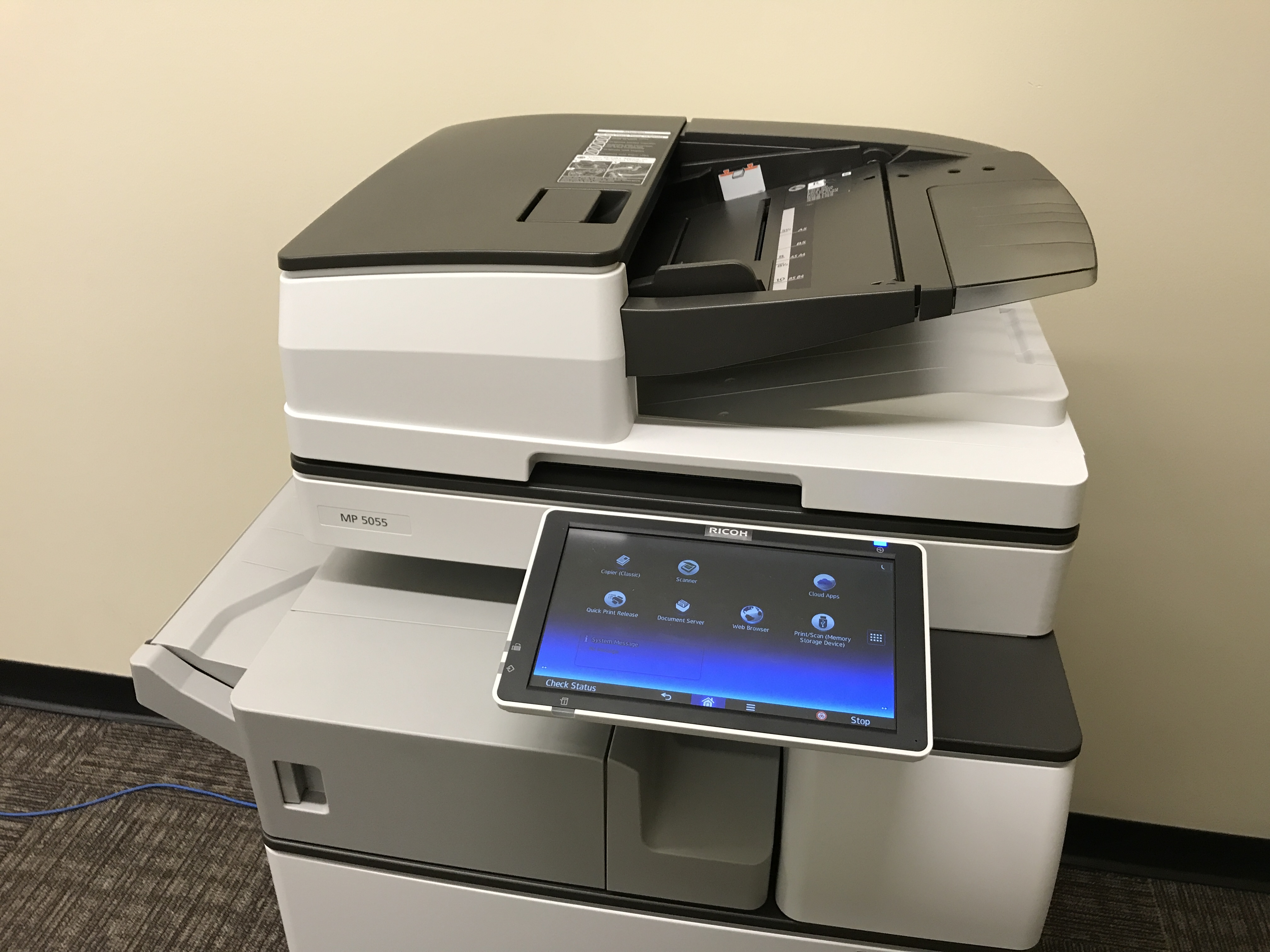
They are also known as all-in-one printers; multifunction printers are capable of performing printing, copying, scanning, and faxing tasks.
These printers can help in completing multiple tasks within an office or domestic environment, with no need for more than one unit.
-
Cost-efficient and more compact than buying multiple devices
-
Perform numerous tasks simultaneously
-
More power-efficient than the implementation of various devices
- They can restrict usage time available for larger workgroups
5. A3 Printers
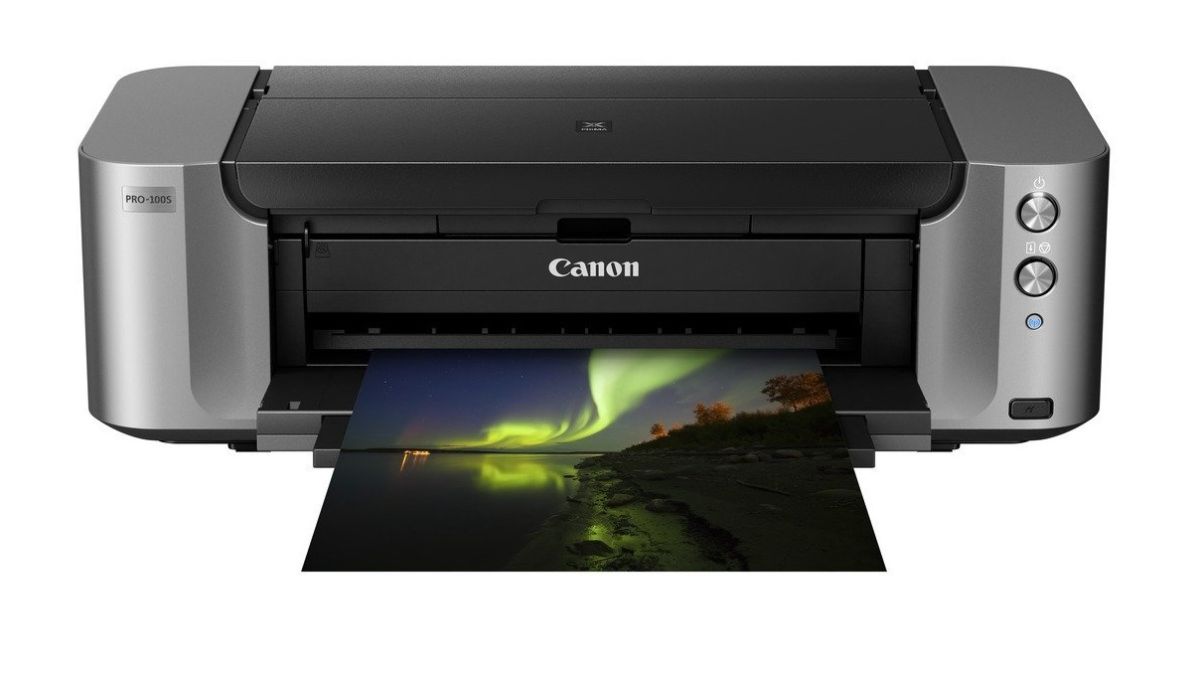
A3 printers are well-suited for business and domestic settings which require larger scale prints. A3 printers have options that produce other sized prints and have numerous input trays.
They are available with both laser and inkjet technology that are capable of printing on A3 sheets.
- Larger print size
- A more extensive range of options
- Allows you to bring outsource print-runs back in-house
- Higher initial cost
- Larger footprint
6. 3D Printers
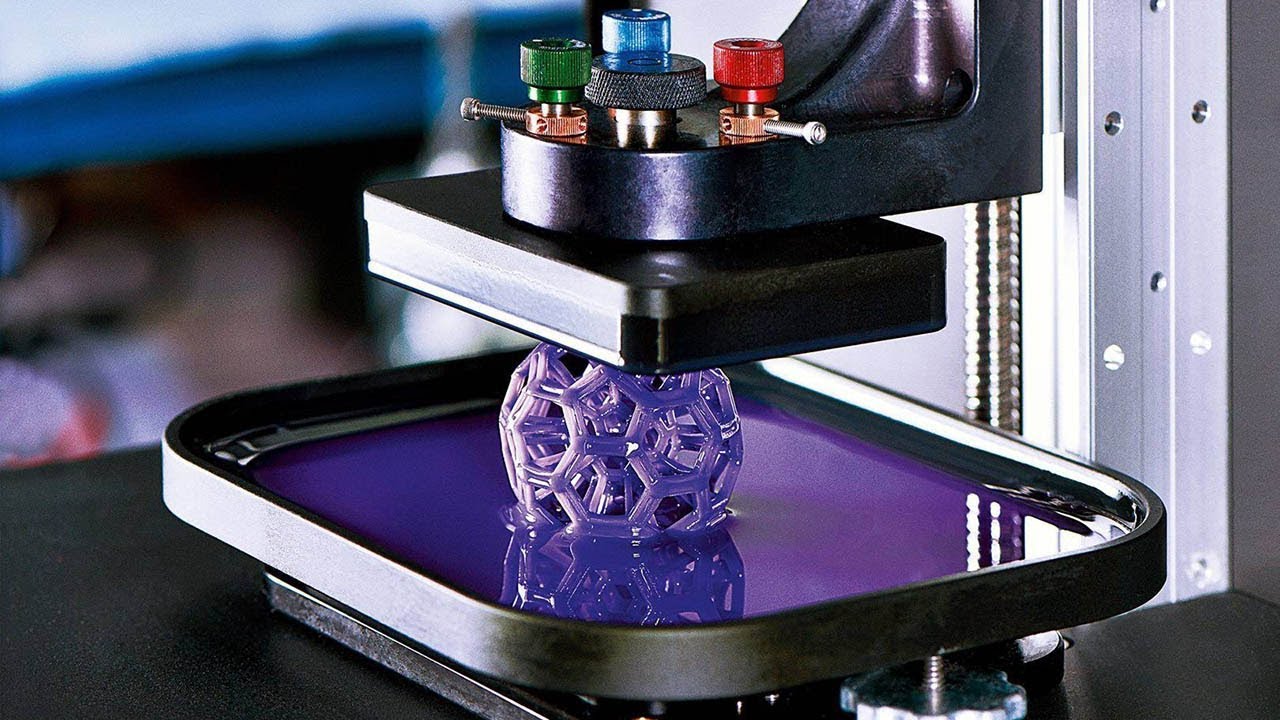
One of the exciting developments in printing technology is 3D printing that is becoming more affordable for professional and domestic use.
Modern 3D printers are capable of producing 3D objects using high-quality resin.
-
3D prints
-
Limitless possibilities
-
Capacity for full customisation
-
High initial costs
-
High resin costs
-
Still developing technology
Uses of printers
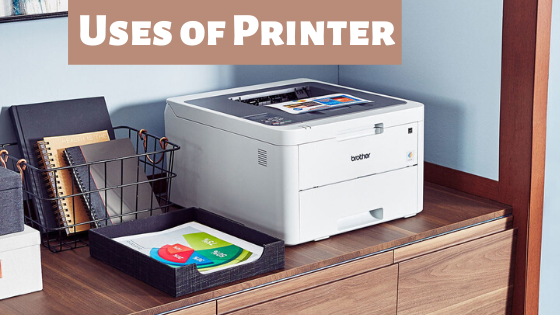
Printers can be really useful if you have them in your home. They can reduce your task of going out and stand in queue for printing even a single paper. Different types of printers have diverse kinds of uses. Some of the applications of printers include the following:
Uses of 3D printer
-
Print tools or parts needed to build something
-
Print replacement parts for something that has broken
-
Print toys for children
Uses of Inkjet printer
-
Print copy of a document for a school assignment
-
Print pictures on a photo printer.
-
Print receipts for purchases that you do online
Uses of Laser printer
-
Quickly print hundreds of text documents or pages
-
It helps to print hard copies of professional or legal documents
Features of a Printer
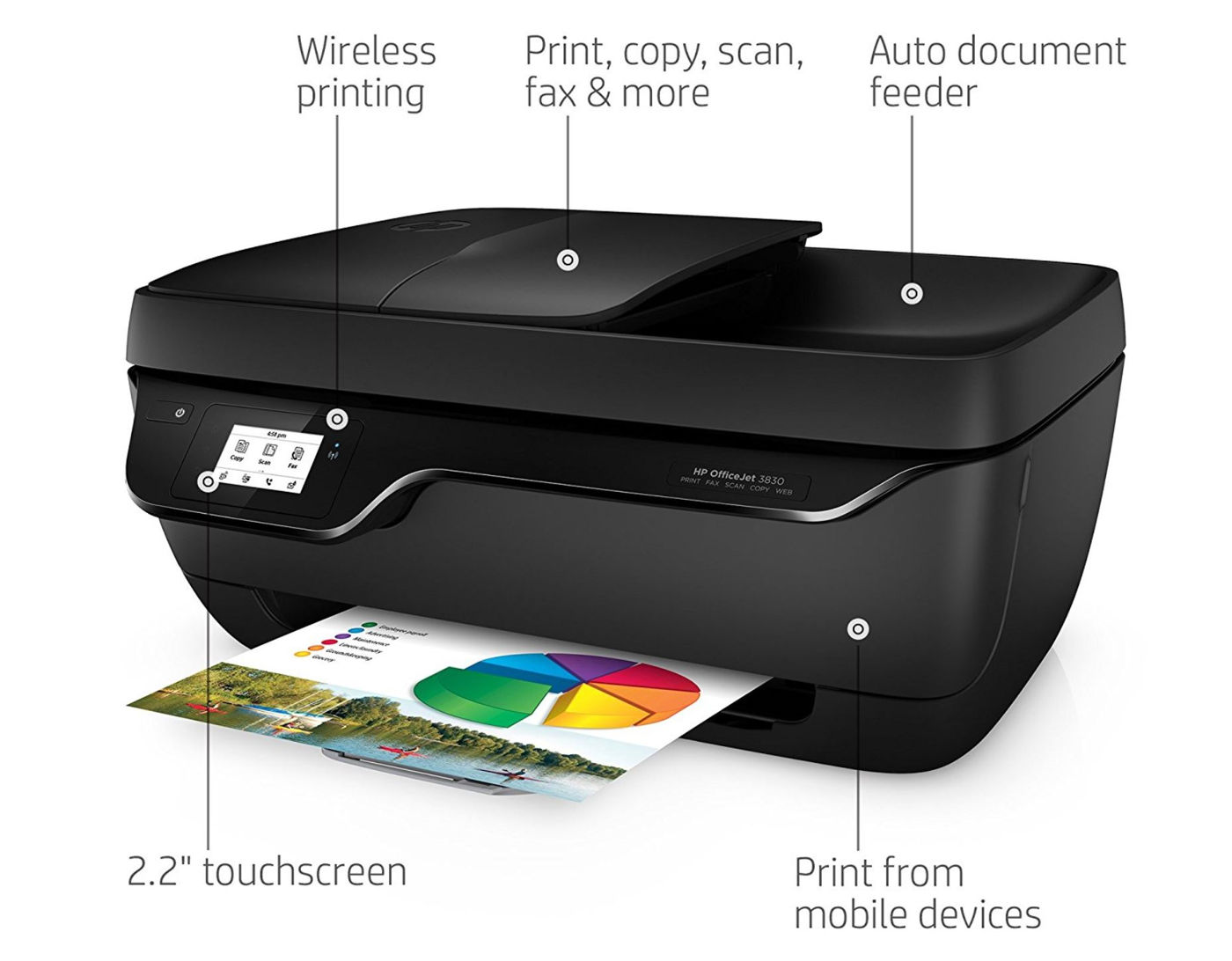
1. Judging print quality
Several retail stores let you print demonstration pages to get a feel for the output quality.
For printers with card slots, you might want to arrive armed with an SD card with your photos on it.
2. Text
At the smallest font sizes, each letter has to be clear entirely with no breaks. Medium-size fonts have to be crisp with no fuzzy edges. The largest fonts, bold ones, should be filled in with a solid, even black.
You should be able to see well-defined counters in letterforms; if not, that is a sign of the printer using too much ink.
Also, you need to watch for ink spray, which appears as dots of ink in what should be space.
3. Graphics
The printer demonstration should print various geometric shapes of different sizes and shades.
Make sure to look for gradients, meaning areas where a colour goes from dark to light. Make sure that the broad areas of flat colour appear solid and even.
Printhead banding that is, the cause of a visible horizontal stripe across a page could be a clogged nozzle, a poorly aligned bidirectional printhead, or a weak rendering algorithm.
4. Photos
Colour accuracy: The importance of colour quality of a printer depends upon your requirements. Accurate colour costs a lot more than a pleasing colour.
If you wish to print many black and white photos, you may want to find a printer that has dedicated black ink tanks.
Detail: While evaluating a printout's level of detail, make sure the original image you are using has the level of detail.
You should look at more-concrete aspects, such as fine lines in focus.
Dynamic range and contrast: To judge the printer's quality, make sure the original image has dark blacks, bright whites, and areas of highlight, mid-tone, and shadow.
Artefacts: A print artefact means the printer is incapable of doing what you need it to, in which case it is time to check out other models.
Factors to consider before buying a printer
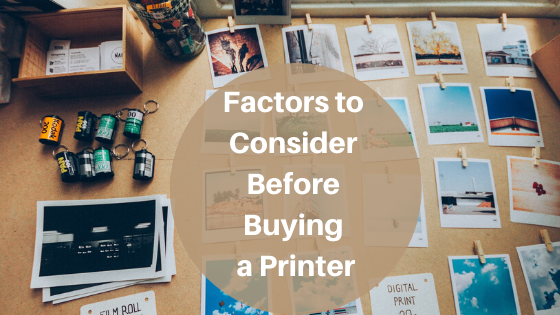
1. Resolution
One of the widely cited specifications, the resolution, refers to the maximum number of dots per inch (dpi) that can be printed.
That is because while the printhead has a fixed number and density of nozzles, the vertical resolution is to determine the paper feed mechanism.
The resolution has some bearing on the quality of text and curves, especially on premium types of paper.
2. Print speeds
Print speed measures how many pages or photos per minute (ppm) a printer spits out.
To come up with the fastest-possible print speeds, some manufacturers test using primary text documents at the lowest-quality print settings.
You can get to see about half the speed as mentioned by the manufacturer.
3. Connectivity
The USB is universal; all printers now have a USB 2.0 port. Workgroup printers support printing over a network using a standard Ethernet cable with an RJ-45 connector.
For better mobility, many models support printing wirelessly, using infrared, Wi-Fi with built-in print servers, and cloud printing.
You must keep on sending so much data from devices without traditional hardwired ports, companies like Google, HP, and others are jumping on the cloud-printing trend.
That makes it easy to produce printed copies of word-processing documents, Web sites, and articles without the need for a mobile printer.
4. Processor and memory
For line printers, the computer stores the page in its memory and streams it to the printer. So, it does not matter how fast the printer processor is or how much memory it has.
Page printers hold an entire page in memory so it can image the whole thing at once. It needs more printer memory to buffer more pages.
If you print large images or big graphics files, especially at higher resolutions, more printer memory is necessary and will make a difference.
5. Paper handling
The typical paper-handling on a printer includes everything from the size and thickness of various types of paper to the standard input- and output-tray capacity.
Inkjets and laser printers print on standard paper and have trays that hold at least 100 sheets.
Many models also include advanced paper-handling features such as tabloid-size printing, duplexing, and auto document feeders for faxing and copying.
If you plan to work with stiff media, then you need a printer that has a paper path, which runs from back to front.
6. Supply costs
You need to research the cost of replacement supplies before you buy any printer. Depending on how often you have to print, it is worth it to purchase a more expensive printer.
Also, make sure it is possible to refill your cartridges, which can cost less than buying new cartridges every time.
Additionally, there are printer vendors who add tiny chips to their cartridges.
You need to investigate new models and ink plans. For example, HP offers an Instant Ink program that automatically sends you cartridges for a monthly fee.
Both Canon and Epson offer “ink tank” models, providing an economical cost per page, while Brother has multiple cartridges in the box and refill at home for its printers.
7. Networking capability
Every printing device offers multiple connectivity options. USB has been the standard interface for a long time, and all computers now have USB ports as it is a short, and direct connection.
There are some wireless routers outfitted with USB ports. You can use them to connect to a printer and enable wireless printing on a home network.
But modern printers can be shared by multiple devices via a network like Ethernet, where you connect a cable to the router. Ethernet wired setup is more common in an office than in the home.
Which Printer is right for you?

There are different brands of printers available in the market. Before choosing a printer, make sure what is your actual purpose of using it.
1. Home user
If you wish to buy a printer for your home, you may have a lot of demands regarding it. You will think of using it for a book report to a newsletter to the occasional snapshot, without compromising with the price and your budget.
This type of printer has to be more versatile and affordable, like for small-office/home-office colour inkjet.
These printers can cost you from Rs. 2,960 for a single-function inkjet to Rs. 36,926 with interactive touch panels, Web connectivity, cloud printing, and other features.
Advantages of personal home office printers
They are budget-friendly and space-savvy. You can experience high-volume printing with excellent quality. These printers can even have the photo printing option at the lowest cost.
2. Student
You can use Personal laser printers which can cost you around Rs. 7400. The toner produces more pages per refill unit than the ink cartridges. It delivers crisp and faster text on the paper that you can imagine.
3. Digital photographer
Any inkjet printer can print photos in colour, but you can also approach professional photofinishing, you will need a printer designed to reproduce the dynamic range of a traditional photograph.
Some people use thermal dye-transfer technology in which heat changes the physical state of stable inks until they infuse into specially coated paper, and solidify.
Snapshot printers can print directly from digital cameras.
4. Small business
Small businesses can benefit from these trades model like a multifunction or all-in-one printer.
These space-saving printers come in both laser and inkjet models. They also include a fax machine, copier, and scanner along with printing that depicts their versatility.
Depending on the additional features (for example, auto document feeder (ADF), auto-duplexing, and wireless), this category of printers can get pricey, you can use them for necessary copy, scan, and print functions.
5. Corporate organization
Workgroup printers can be the right choice for small businesses or teams within a larger organization.
These printers' design helps to balance multiple print jobs. Their systems have faster processors, more memory, and print engines that are capable of churning out more than 35 pages per minute.
They offer work features, such as network printing, high-capacity toner cartridges, and more considerable paper input and output trays.
Advantages of Office and business use
They come with an innovative design and gets manufactured for high-speed printing and scan jobs. These are the most powerful and fast machines for excellent colour and large-sized printing. They can offer high security by protecting and repairing from attempted hacks.
Things to check
Before you choose a printer for yourself, make sure you keep in mind the following points. It should have good printing time and have to be more durable. Check the price and the overall efficiency of the printer.
Which Other Printer Features Should You Consider?
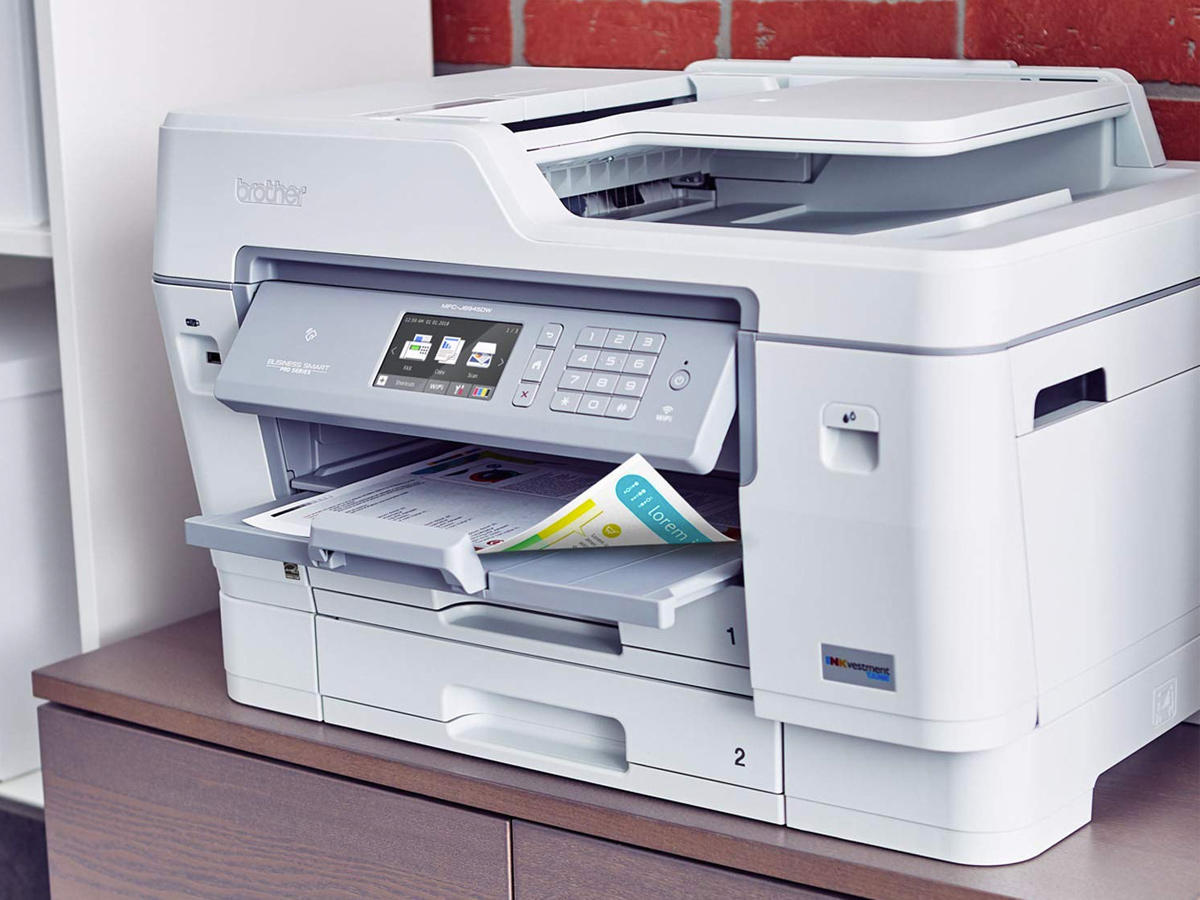
1. Wi-Fi Printing Capability
In a wireless world, all new printers now offer Wi-Fi functionality. So as long as you connect your computer to the same network as the printer, you will be able to print with no wires required.
Many wireless printers can receive jobs from cell phones and tablets via Wi-Fi, a valuable advantage. So, check all of the device’s wireless printing capabilities before buying.
2. Card Reader and Media Slots
Some printers permit you to plug-in memory cards or flash drives directly. Some printers allow basic image editing, further reducing your reliance on a computer. Card readers can help your printer to scan every bit of information that is relevant and focus on words and images for printing.
3. Paper Capacity and Duplex Printing
Though replacing ink can be a significant expense and inconvenience, printer paper also figures the efficiency and cost of your printing.
To save paper, invest in a machine capable of duplexing, that is printing on both sides of a page. Different types of printers have difference in the amount of paper it can hold. If a printer has a greater paper capacity, it will help to increase the printing rate.
Which Printer Parts and Accessories Do You Need?
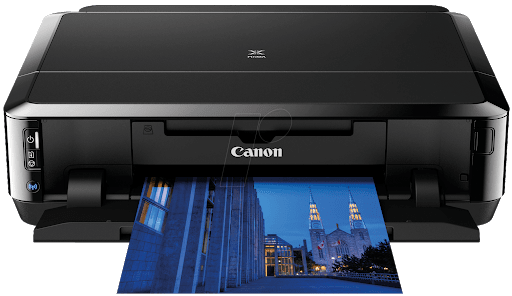
-
Ink-You will need ink if you have an inkjet or super tank printer.
-
Inkjet cartridges- In the case of standard inkjet machines, you will need to buy cartridges that are specifically compatible with your printer.
-
Ink tanks- Replacement ink for super tank printers are sold in larger quantities and packaged in bags or bottles. You can buy ink in four varieties: black, cyan, magenta, and yellow.
-
Toner-You will need a toner if you have a colour laser printer.
-
Toner cartridges- You have to apply the toner to the page as a powder, it is sold and packaged in solid sticks. Toner is available in the same colour varieties as ink.
Supertank Printer
Supertank printers differ from traditional inkjet printers in that the printhead gets connected via a tube system that draws ink from high-capacity ink tanks, which are filled and refilled via high-capacity ink bottles, eliminating the need for ink cartridges.
How do Supertank printers work?
Supertank printers come in the market with fitted high-capacity tanks. They allow you to print thousands of pages without using more ink. You can even refill the tanks with ink bottles or bags that are available at a lower overall cost than standard ink cartridges.
Best Features of Supertank Printer
If you require to do a lot of printing, Supertank printers are the perfect ones for you. They are a better option than standard inkjet printer options, and also use less ink. They can be a bit expensive.
How Can You Get the Best Price on a Printer?

In this guide, we have mentioned almost all the information you need to help you choose a perfect printer. But even once you have selected a specific model, you need to do the final step that finds the best deal on the printer you have picked.
You have to think of printer costs in terms of long-term investment. Though a low price may seem appealing, you will have to spend a lot on its maintenance and other aspects shortly.
A trusted brand like Brother, Canon, Epson, HP or Lexmark may be more likely to stand the test of time for many years.
Shopping tips before purchasing a printer

Now, you are ready and have selected the best printer according to your budget and its features; you should know whether you should purchase online or in-store
Going to a store can be a bit hectic, but you can get a lot of options to choose from by looking at them visually and analyzing every detail.
Online shopping for printers will give you several discounts and offers on them, and also you can browse every other model online, just sitting back at your home.
Plus, you can choose the most convenient printer and also will be able to save more money on your purchase.
Conclusion
We hope this information was useful for you. Before you head to a market or browse online, check out all the types and models of printers.
Read full specifications, pros and cons of each type, and most importantly check if it is suitable for you by looking at the budget.
Frequently Asked Questions
Q1. What kind of printer should I buy for home use?
A1. Inkjet printers are suitable, including the models like HP Photosmart 7510 and the Canon Pixma MG3220. They produce vibrant colours print and long-lasting photos, whereas Canon's ImageClass MF301 and similar laser printers are best at providing speedy text documents.
Q2. What should I look for when buying a printer?
A2. There are many things you can look for when buying a printer including Budget, Type of Ink, Print Quality, Print Speed, Wireless Connectivity, Additional Features, Paper Format, Compact, Portability, etc.
Q3. What is the best printer to buy with the cheapest ink?
A3. HP OfficeJet Pro 8210 Printer is one of the most inexpensive ink-saving inkjet printers. The printer uses the HP 952 ink cartridge which prints more than 1000 pages with a standard cartridge and 3000 pages with an XL or high yield cartridge.
Q4. Which printer is best for home use: laser or inkjet?
A4. Inkjet printers are better at printing photos and colour documents, and while there are colour laser printers, they are more expensive. Unlike inkjet printers, laser printers do not use ink. Instead, they use toner, which lasts much longer.
Q5. How long does a printer last?
A5. The printer's life depends upon the regular usage; the inkjet printers last about three years and the laser printers last about five years so make sure to keep them in good condition to use for years.
Q6. Is it worth fixing a printer?
A6. Printers sometimes encounter mechanical failures and need to be repaired. You will spend more on upgrading your old printer, so therefore it is better to buy a new one.
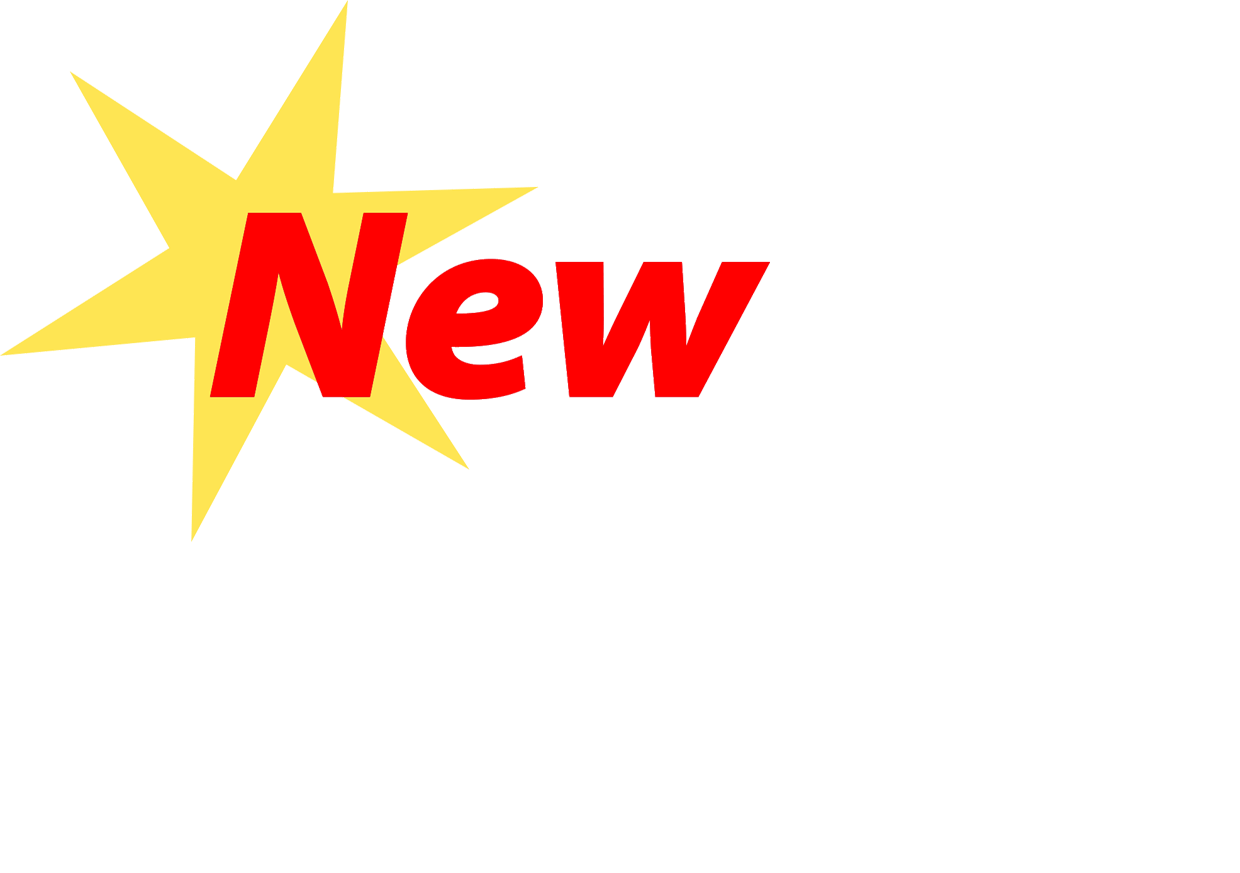 Advertise with Us
Advertise with Us 100% Cashback
100% Cashback


0 Comments
Login to Post Comment